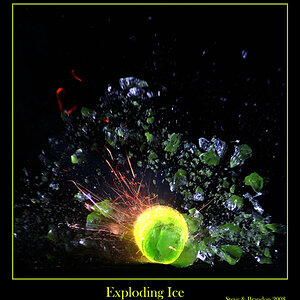e999sam
TPF Noob!
- Joined
- Dec 2, 2006
- Messages
- 34
- Reaction score
- 0
- Location
- Derbyshire UK
- Can others edit my Photos
- Photos OK to edit
What determines the resolution of an image.
When checking the resolution of 3 different images taken by 3 cameras.
Image 1 taken with a 3.1 mega pixel camera = 230dpi
Image 2 taken with a 4.1 mega pixel camera = 75dpi.
Image 3 taken with a 10.2 mega pixel camera = 240dpi.
When checking the resolution of 3 different images taken by 3 cameras.
Image 1 taken with a 3.1 mega pixel camera = 230dpi
Image 2 taken with a 4.1 mega pixel camera = 75dpi.
Image 3 taken with a 10.2 mega pixel camera = 240dpi.


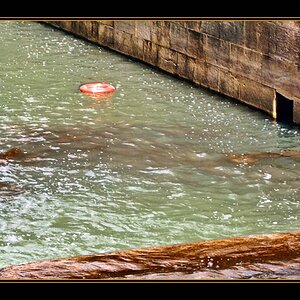
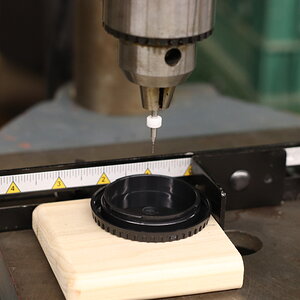

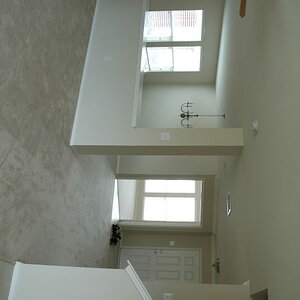
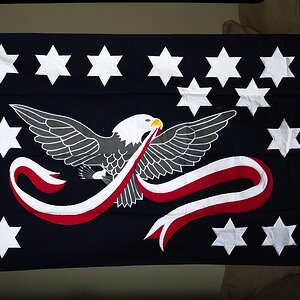
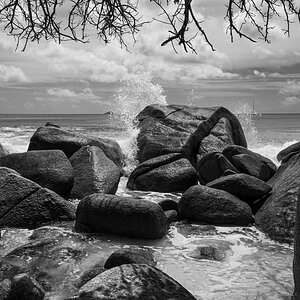
![[No title]](/data/xfmg/thumbnail/42/42059-61b97bbebb00e6276672551f4e3b3e43.jpg?1619739995)

![[No title]](/data/xfmg/thumbnail/41/41821-2e92de82ffc4cd2d520a8fa10fb8b6a5.jpg?1619739905)

![[No title]](/data/xfmg/thumbnail/32/32709-80f0f0432fd5ec548a3efdb60ef77d46.jpg?1619735613)
